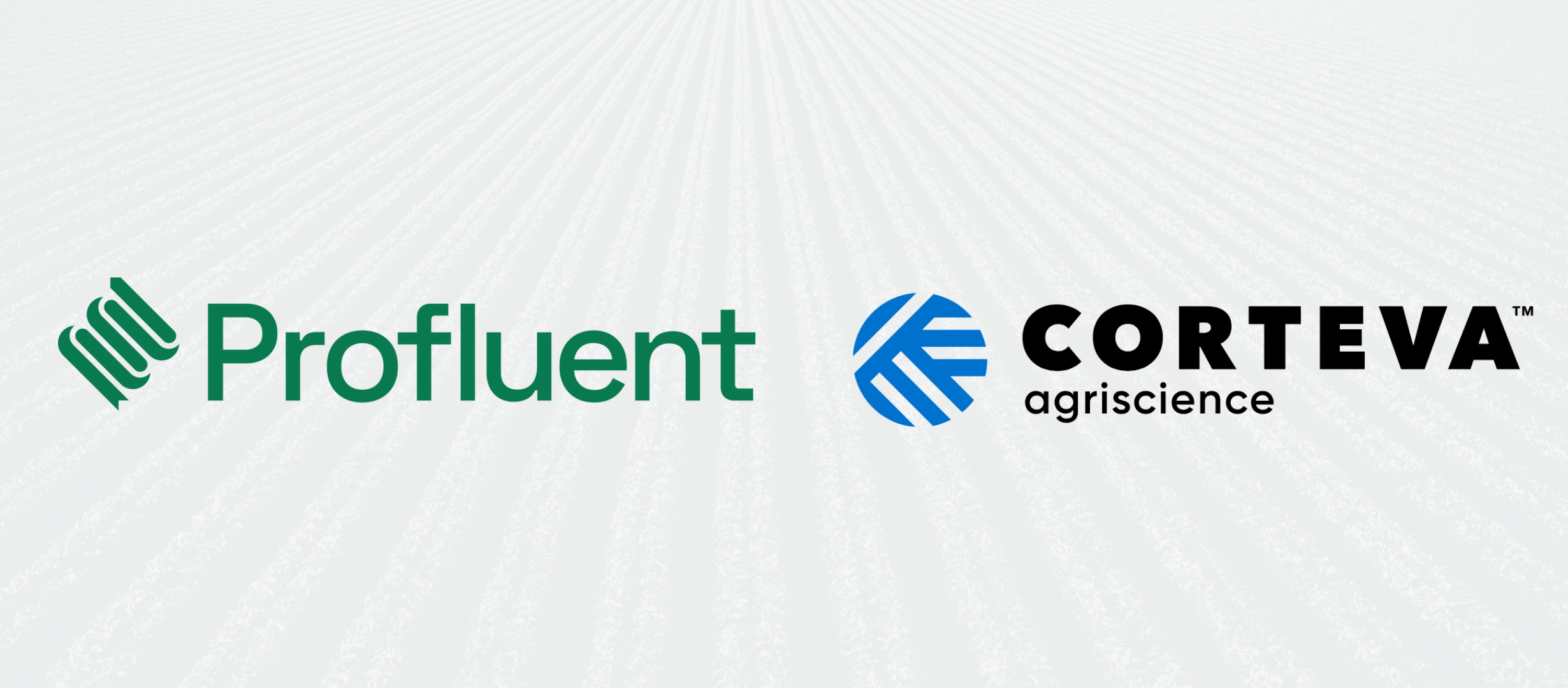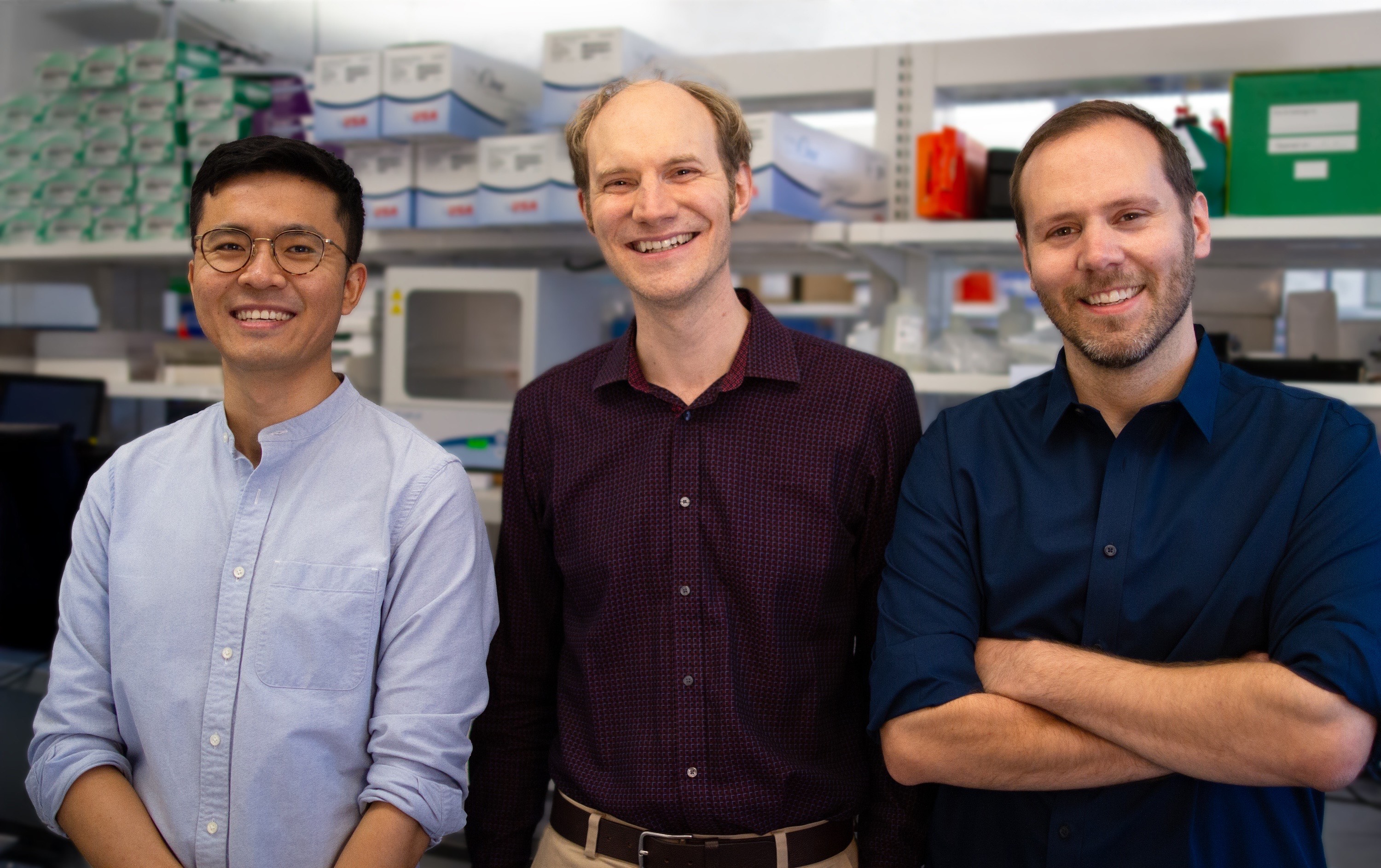Fermenting the future of healthy aging
Fermenting the future of healthy aging
The golden years: when you can sit back and enjoy endless relaxation and leisure. Many look forward to this time as the best years of their life. But for countless others, aging is a bit more gray than gold. With our modern healthcare systems, people are living longer than ever before -- but as too many find out, length of life and quality of life are two very different things.Our modern lifestyles have contributed to an increase in the litany of diseases relegating old age as a painful, unhealthy state of being. Diabetes, cancer, heart disease, Alzheimer’s -- these are just some of the laundry list of age-related diseases. As science gets a better handle on the physiological changes associated with aging, we’re getting closer to unlocking the secret to remaining as healthy as possible for as long as possible. And one of the keys to healthy aging could very well be what we put in our mouths.
Longevity vitamins
In 2018, Bruce Ames -- the famous American biochemist, author, and inventor of the Ames test -- introduced the scientific community to what he calls “longevity proteins.” In an opinion piece for the journal PNAS, Ames expounded upon the triage theory: if the body experiences a moderate deficiency in a specific nutrient, it will use the small amounts of that nutrient that are available to make proteins needed for immediate survival, neglecting to make those that can protect the body against future damage.Ames calls the nutrients needed by longevity proteins “longevity vitamins.” Without them, the body remains ill-equipped to suppress the factors that contribute to disease. And so it follows that supplementing the diet with such vitamins could help stave off illness.
Of mushrooms and men
One of the longevity vitamins Ames identifies is called ergothioneine (Ergo) -- an amino acid derived from histidine. Ergo is an especially potent amino acid because it is so good at scavenging toxic reactive oxygen species (ROS) that cause critical damage to cells. ROS are particularly damaging to mitochondria, the energy powerhouses of the cell, and ROS-induced mitochondrial dysfunction is associated with several diseases including cancer, cardiovascular disease, and neurodegeneration.Interestingly, Ergo is one of only a few antioxidants specifically concentrated in the mitochondria, suggesting that it could be a key player in protecting cells against age-related damage. Indeed, ergothioneine levels are lower in the elderly, a phenomenon that correlates with mild cognitive impairment. A recent effort to characterize metabolites associated with aging additionally showed that Ergo increases as both mortality rate and incidence of cardiovascular disease decrease. It even plays a role in wound healing and has other protective properties for the skin. Some studies have also shown it is even more potent than CoQ-10 at reducing fine lines and wrinkles. It’s no surprise that Ames narrowed in on Ergo as a potentially powerful aid for healthy aging.We get Ergo from our diets, mainly from mushrooms, although lower levels can be found in beef, pork, and King crab. Earlier this year, researchers in Singapore found that older adults consuming mushrooms regularly experienced higher cognitive function and were at a lower risk for mild cognitive impairment. And a Japanese study made quite a splash reporting that among nearly 37,000 middle-aged to older men, those who ate mushrooms once or twice a week had an 8% lower risk of developing prostate cancer. Eating mushrooms three times a week or more was associated with an impressive 17% reduction in cancer risk. In both cases, the researchers suggest the protective effects of mushrooms could be due, at least in part, to the Ergo they produce.

Photo by Timothy Dykes on UnsplashBut the researchers were also careful to point out that these studies are correlative -- they don’t definitively demonstrate that mushrooms or Ergo supplementation will decrease the incidence of disease or mortality rates. For that, clinical trials are needed. Nevertheless, the studies were tantalizing enough to draw serious attention to Ergo. One company keeping a particularly close eye on emerging research on the health benefits of ergothioneine is Conagen, located in the greater Boston biotech corridor.
A synthetic route to natural
Co-founded by molecular plant biology expert Oliver Yu, Conagen leverages synthetic biology and fermentation science to produce molecules closest to what you can find in nature. Many high-value molecules today come from endangered plants, or the process to extract them from their plant sources is highly damaging to the environment and local ecosystems. By discovering metabolic pathways in nature, and then optimizing and leveraging those pathways in fermentation tanks, Conagen makes natural, high-value molecules available to customers without further harming our already injured environment.They’ve also cracked the code on rapidly bringing products from design to industrial scale fermentation without outsourcing any part of the process. Their microbial platform currently churns out 35 different products for customers in the food and beverage, pharmaceuticals, flavors and fragrances, and renewable materials industries. Through a project driven by Lead Scientist Dr. Jixiang Han, one of those products is L-ergothioneine -- the biologically active form of Ergo.“Ergothioneine has powerful antioxidant properties and mitigates against oxidative cell stress -- perhaps L-ergothioneine could be the next powerful ingredient in food, beverages, cosmetics and nutraceuticals,” posits Ana Arakelian, head of public relations and communications at Conagen. Currently, she says, Conagen is the only biotech company in the market that can develop and scale-up natural ergothioneine.That the L-ergothioneine Conagen produces is the natural and not synthetic form is significant, says Casey Lippmeier, Vice President of R&D at Conagen -- not only because it can be costly to produce the exact, correct structure at high purity by chemical synthesis, but also because it matters to consumers.“The way you make certain food ingredients is something that’s coming under more and more scrutiny by many consumers,” he says, adding that for food ingredients companies it could be critical to be able to claim “no artificial ingredients.” He also points out that synthetic forms of ergothioneine are mixtures of the inactive R form of the amino acid and the active L form -- so you may be paying for more than your body can use if you buy a synthetic form of Ergo.But what Conagen is particularly interested in are the potential applications of L-ergothioneine to promote healthy aging. They have several customers and partners already using Conagen’s L-ergothioneine in products ranging from supplements to cosmetics (Conagen secured GRAS status for their L-ergothioneine early in the production process). Conagen’s sister marketing company, Blue California, is selling Conagen’s L-ergothioneine as ErgoActive, a product that is being used by companies in the functional foods, dietary, and cosmetics spaces.“It’s important to address aging both physically but also internally on the cellular level as well -- it’s like a one-two punch,” says Katie Ferren, VP of Sales and Marketing at Blue California. “One of the companies currently offering ErgoActive in a dietary supplement formula came back a couple of weeks ago and said, ‘I had people tell me my skin looks better, and I wasn’t expecting that.’ We get these personal testimonials, and it is all connected to healthy aging.”But such personal testimonials are anecdotal, much like the correlative studies from Singapore and Japan. Conagen wants to change that, so they are actively engaging in and pursuing partnerships with other companies and organizations that want to put Ergo on the map as a critical nutrient for healthy aging. Ferren imagines a future where Ergo could be in every single multivitamin product, making it as normal to take as Vitamin C, for example.“The goal is to be interventional,” agrees Lippmeier. “But most of the work that has been done is correlative. We need to make it stronger.”“Imagine human clinical trials supporting the correlative studies,” says Arakelian.I can see why she’s so enthusiastic. Perhaps with the work Conagen and their partners are doing with L-ergothioneine, the tides will begin to turn. Perhaps we will be able to live longer and healthier, merging quality and quantity of life. Thinking about such a future, I am reminded of the Biblical patriarch Moses: when he died, the Bible records, he was as strong at 120 as he was at 40.Now wouldn’t that be golden?



.svg)










.jpg)

.gif)